The desire for long, deep sleep is keeping the malted drinks and hot chocolate sectors in far from somnolent form
Considering they conjure up images of slippers, dressing gowns and comfy sofas, hot milky drinks look sprightly.
Rachel Ellard, brand manager for Horlicks at GlaxoSmithKline, says hot chocolate and malted drinks showed “consistent growth” last year, and are now worth £144m [TNS].
Sales of Horlicks rose 11.1% to £34.7m [ACNielsen, MAT June 11, 2005].
James Horlick patented his malted milk drink in 1873 as an artificial infant food.
Nowadays, whatever the age of the consumer, the brand is all about getting a decent night’s sleep. This message has been pressed home recently by a £3m campaign and new pack graphics, including on-pack ‘tips for relaxation’.
This activity has helped attract half a million new users to Horlicks. The Snoozoo variant, launched last year and designed for kids as part of their bedtime routine, has also contributed to brand growth.
Ellard says demand for hot milky drinks is high because of the number of consumers who experience sleep problems, and this will be the focus of the 2005 campaign, which kicks off as the clocks go back in October.
Data from TNS shows the malted drinks segment growing 13.8% year-on-year.
Also growing strongly is hot chocolate, up 9.2%. Premier Foods is category leader here with its Cadbury-branded cocoa, drinking chocolate, Instants and low-calorie Highlights range.
Premier general manager Sarah Robinson says that Highlights, along with ABF’s Options low-calorie range, is leading growth in a category
where health is the big driver. As well as buying into the low-cal benefits of Highlights and Options, consumers are hearing positive messages about the potential health benefits of cocoa. It contains high levels of catechins, associated with reduced risk of cancer and heart disease.
“Functionality is a growing dynamic,” says Robinson, “but it hasn’t particularly been tapped into yet in hot chocolate drinks.”
She sees health, flavour, functionality and packaging innovation as all offering scope for development. “Options has launched into stick packs, we’ve got sachets and the whole market is moving away from jars. We, and our competitors, will all have ideas about more convenient formats.”
Clipper marketing manager Julie Rideout says hot chocolate has become an important area for organic and fair trade, too. Clipper’s instant hot chocolates tick both these ‘ethical’ boxes and are available in 28g sachets as well as 400g jars. The range saw “healthy growth” last year, Rideout says. And Cafédirect says its Cocodirect brand, while still small at £585,000, grew 76% last year.
One product straddling the hot milky drink and tea markets is Drink Me Chai, based on traditional Indian spiced milk tea. It was launched in 2003 by Amanda Hamilton, founder of tea bar chain Tea UK, after she saw how chai latte was taking the US cafe market by storm. A powdered drink made by adding hot water or hot or cold milk, it was launched through tea bars at railway stations but has now moved in to grocery. A 250g drum retails at £2.29.
Considering they conjure up images of slippers, dressing gowns and comfy sofas, hot milky drinks look sprightly.
Rachel Ellard, brand manager for Horlicks at GlaxoSmithKline, says hot chocolate and malted drinks showed “consistent growth” last year, and are now worth £144m [TNS].
Sales of Horlicks rose 11.1% to £34.7m [ACNielsen, MAT June 11, 2005].
James Horlick patented his malted milk drink in 1873 as an artificial infant food.
Nowadays, whatever the age of the consumer, the brand is all about getting a decent night’s sleep. This message has been pressed home recently by a £3m campaign and new pack graphics, including on-pack ‘tips for relaxation’.
This activity has helped attract half a million new users to Horlicks. The Snoozoo variant, launched last year and designed for kids as part of their bedtime routine, has also contributed to brand growth.
Ellard says demand for hot milky drinks is high because of the number of consumers who experience sleep problems, and this will be the focus of the 2005 campaign, which kicks off as the clocks go back in October.
Data from TNS shows the malted drinks segment growing 13.8% year-on-year.
Also growing strongly is hot chocolate, up 9.2%. Premier Foods is category leader here with its Cadbury-branded cocoa, drinking chocolate, Instants and low-calorie Highlights range.
Premier general manager Sarah Robinson says that Highlights, along with ABF’s Options low-calorie range, is leading growth in a category
where health is the big driver. As well as buying into the low-cal benefits of Highlights and Options, consumers are hearing positive messages about the potential health benefits of cocoa. It contains high levels of catechins, associated with reduced risk of cancer and heart disease.
“Functionality is a growing dynamic,” says Robinson, “but it hasn’t particularly been tapped into yet in hot chocolate drinks.”
She sees health, flavour, functionality and packaging innovation as all offering scope for development. “Options has launched into stick packs, we’ve got sachets and the whole market is moving away from jars. We, and our competitors, will all have ideas about more convenient formats.”
Clipper marketing manager Julie Rideout says hot chocolate has become an important area for organic and fair trade, too. Clipper’s instant hot chocolates tick both these ‘ethical’ boxes and are available in 28g sachets as well as 400g jars. The range saw “healthy growth” last year, Rideout says. And Cafédirect says its Cocodirect brand, while still small at £585,000, grew 76% last year.
One product straddling the hot milky drink and tea markets is Drink Me Chai, based on traditional Indian spiced milk tea. It was launched in 2003 by Amanda Hamilton, founder of tea bar chain Tea UK, after she saw how chai latte was taking the US cafe market by storm. A powdered drink made by adding hot water or hot or cold milk, it was launched through tea bars at railway stations but has now moved in to grocery. A 250g drum retails at £2.29.



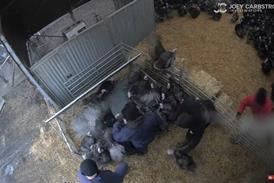
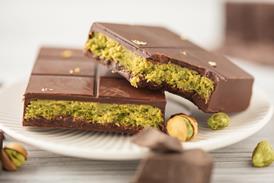
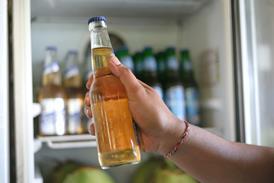



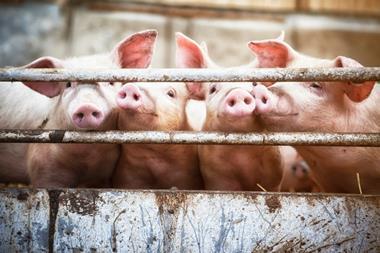

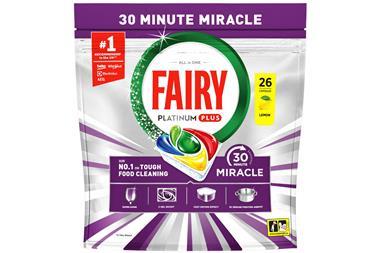
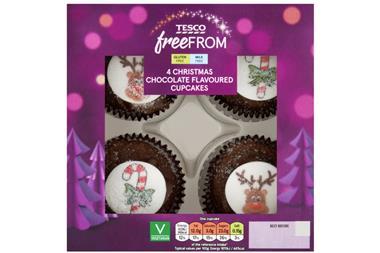
No comments yet